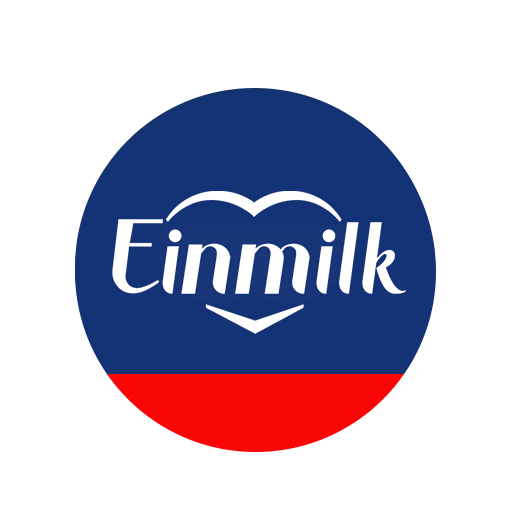Newborn babies enter the world with extremely limited vision, which explains their quizzical look. Over the next few weeks and months, their vision will gradually improve until they have an almost complete vision at about six months old.
Birth to 3 Months Old
Even though a baby’s visual development begins in the womb, newborns are born with only the ability to see in black and white, as well as shades of grey. At this stage, there is much more to be learnt – how to focus their eyes and move them accurately.
Parents can help by displaying black and white visual aids with patterns and shapes near your baby’s cot. Their vision steadily improves in months two and three, when their eyes start moving together. Hand-eye coordination starts developing when they focus on an object of interest and try to reach out for it.
Tips:
Support your baby’s visual development by placing him on his tummy for a few minutes so he can have a better view of what’s around him, as opposed to staring at his cot and the ceiling. This activity has the added bonus of strengthening his neck muscles!
Exclusive breastfeeding from birth till at least six months old aids in your baby’s development as it provides all the necessary nutrients, minerals and vitamins.
Four to Seven Months Old
A few months in this world, along with sufficient brain development, your child is able to see more distinctly and even track moving objects. His hand-eye coordination has improved to the point that he is able to locate objects, pick them up and place them in his mouth.
Around five months old, your baby develops depth perception. Both his eyes can now work together for a 3-dimensional view of the world. At this point, his colour vision will be similar to that of an adult, enabling him to take in all the colours of the rainbow.
Tips:
Babies from six months old can be fed solid food to supplement their main diet of breast milk or formula milk with iron. The nutrients will aid in their brain and visual development. At about six months old, your baby should have his first visual examination to ensure that his vision is developing normally.
Eight to Twelve Months Old
Babies of this age are crawling and learning how to stand. They are more aware of their body and their improved vision comes in handy when coordinating body movements. Encouraging your baby to crawl for longer aids in the development of his neural pathways. They can judge distances and throw objects at a distance. His hand-eye coordination should have developed to a point where he can pick up small objects with his thumb and forefinger (pincer grasp) and would be able to feed himself with bite-sized fruit such as blueberries.
Tips:
An active and mobile baby is prone to bumps and falls. Invest in basic baby-proofing like table guards and door stoppers to prevent accidents. If you are intending to transit your baby from breastmilk to formula milk, opt for a formula milk brand that is packed with beneficial nutrients for your baby’s overall growth and development.
Do you have any concerns about our child’s vision development? If so, do speak to a paediatrician for medical advice soon.



